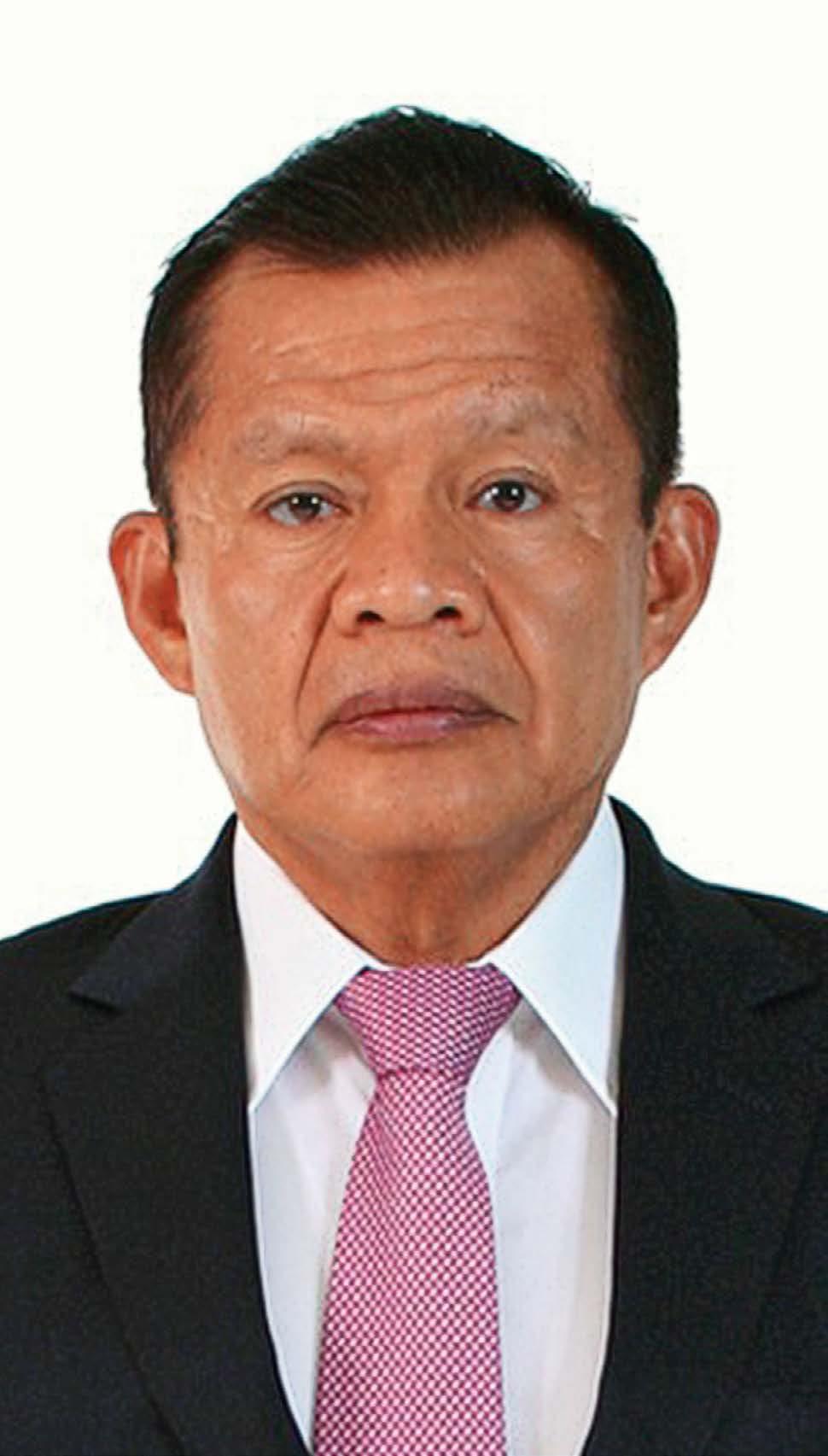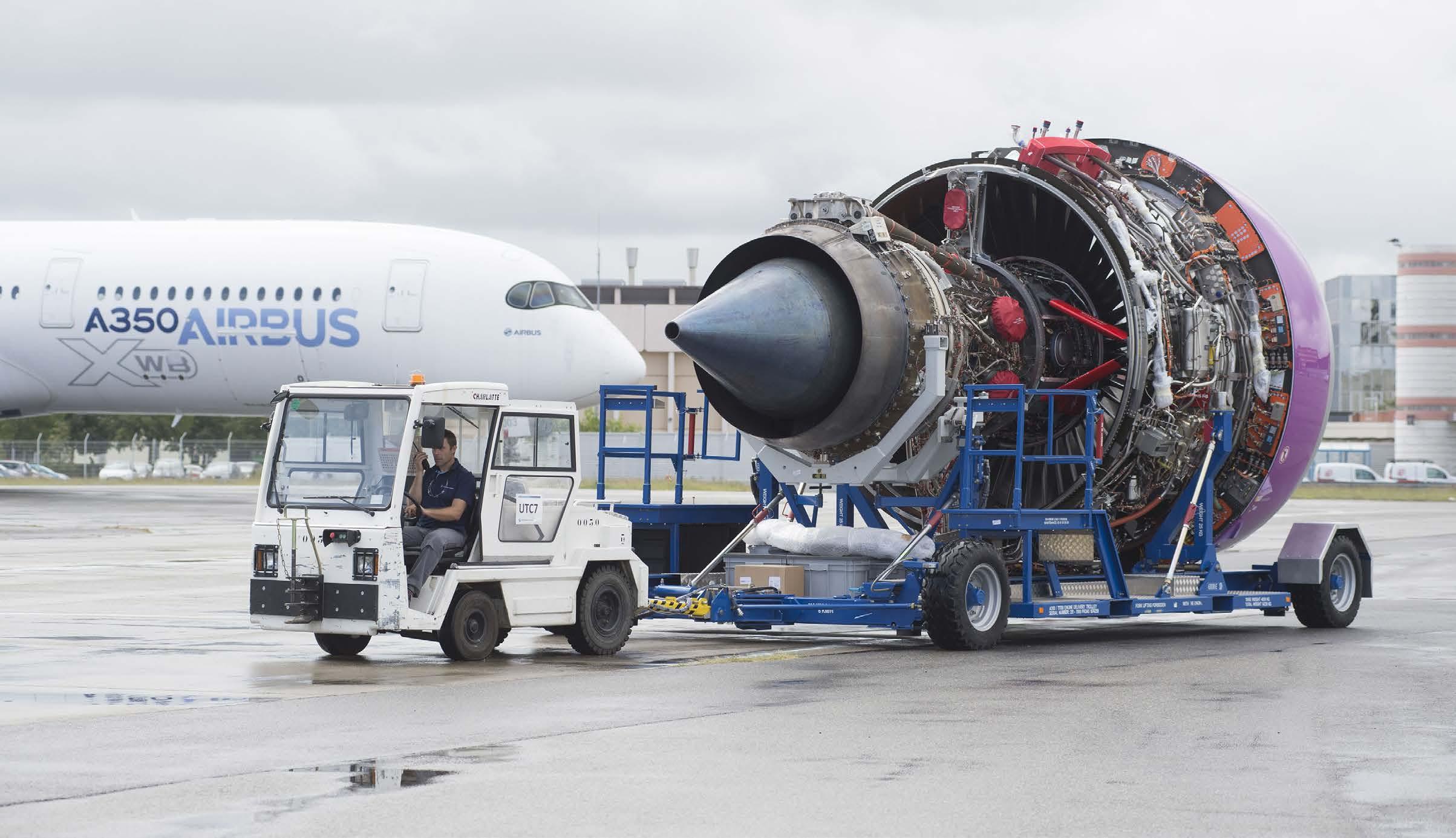
5 minute read
AIFA Focuses on Increasing Demand, Traffic
Q: What are your expectations regarding passenger flows, and what are the strategies to further advance passenger and cargo acquisition?
A: We are implementing new strategies that will allow us to increase our number of daily activities. We have forecasted an increase from 12 to 64 daily flights by September. This means going from 1,200 to 6,500 daily passengers at the Felipe Ángeles International Airport (AIFA). On July 15, air operations grew with the addition of a flight to Cancun by Viva Aerobus. If we continue this trend, we will reach 100 daily operations by the end of next year. The opening method of the Felipe Ángeles International Airport is known in the aeronautical field as soft open or gradual opening, which allows the airport capacities to be in accordance with the development of air operations. Considering risk management and operational safety at all times.
In terms of international cargo, by September, we will be able to handle 470,000 tons of cargo per year, which is the installed capacity in our 12 bonded warehouses. The growth of air cargo operations is uncertain because it also relies on the activities taken by the Mexico City International Airport (AICM).
Q: How will both airlines and passengers adapt to this new system?
A: As far as the airlines are concerned, there has been no issue of nonconformity or adaptation. It is a space that makes them happy and allows them to develop operations for passengers and baggage documentation. If there is one thing passengers are satisfied with, it is security and waiting times.
Passenger satisfaction is at 83%, safety is between 97-100%, and satisfaction with cleanliness and waiting times is at 95%. The tools we used to measure passenger satisfaction data were subjected to a reliability test taken as a reference to the other international airports. In this sense, we do not doubt that both airlines and passengers are more than satisfied with the services being provided by AIFA. In addition, we have received dozens of visits from educational institutions, business people, and the airline industry. None of them have left with a wrong perception. What has happened is that some media distorted the image of daily life at AIFA because they came with a predisposition. In reality, they leave with a good taste in their mouth.
Q: What are the main benefits AIFA offers to airlines?
A: Before AIFA began operations, we had to review the airport’s tariffs scheme, which also had to be approved by the Board of Directors and the Airport Schedules Operation Committee, a collegiate body composed of airlines and service providers. Later, the authorities reviewed the tariffs and registered them with the Federal Agency of Civil Aviation (AFAC).
AIFA’s tariffs are 13-14% lower than AICM’s, including direct flying services and warehouse and office rentals. Furthermore, AIFA’s fee for national flights is 54%lower than AICM’s, while the price for international flights is 50% lower.
Q: What role does AIFA play in the recovery of the aerospace and aviation sector?
A: Mexico’s airspace has not recovered the Federal Aviation Administration’s (FAA) Category 1 rank, which affects the entire country. AFAC is making an extraordinary effort to speed up the recovery of this category.
Demand in passenger and cargo aviation is already reaching prepandemic levels, and the industry is growing annually between 9-10%. There is not enough infrastructure in the Valley of Mexico to meet growing demand, so we are sure that additional clients will come to AIFA.
Q: How has AIFA innovated in airport infrastructure and technology? How will it become a beacon for investment in logistics and transportation?
A: We have developed technology that reduces check-in times for people and baggage, going from an average of 45-50 minutes to a 15-minute wait. One of the most prominent innovations is using biometric equipment to streamline the inspection of carryon luggage. We use tomographs that can measure the atomic weight of a substance to determine if it is dangerous, significantly speeding up revision.
Q: How will AIFA work with tourism players to encourage domestic travel?
A: We are creating an urban project surrounding the airport, properly planning and executing all economic, ecological, and safety matters. We are also working with AIFA’s surrounding neighborhoods to generate promotion for “pueblos mágicos”(magic towns), which are interesting nearby towns that have the traditional characteristics to make them appealing to tourists. In addition to traveling for pleasure or business, passengers can also invest their time in getting to know these tourist sites.
Q: What are the airport’s international priorities?
A: Until Mexico recovers the FAA Category 1 rank, we cannot grow our flights to the US, which is one of our critical routes. Airlines in the US are already working with us to develop routes to Chicago, Los Angeles, Houston, and some cities in Florida because they see a potential market of 5 million passengers. We have international flights to Panama, Venezuela, the Dominican Republic and Cuba and plan to open new routes to the EU and Asia in 2023.
Q: How is road infrastructure to connect the airport advancing, and what impact does that have on the attractiveness of the airport?
A: We have three pending projects. The main one is a highway that starts at the bifurcation between Circuito Exterior Mexiquense and the Mexico-Pachuca highway, which creates a direct 15-minute path to the airport without any toll booth. The second, which is taking place on the same highway, will use Mexibus to provide fast and inexpensive access to AIFA. Both projects will be finished by the end of 2022.
The third project involves the completion of an urban train connecting Buena Vista and the airport. The project involves over 23km of work.
Aerospace Industry Needs More Female Talent
09/03/2023
Passenger Traffic Continues to Recover to Pre-Pandemic Levels
16/03/2023
Barriers Limit Competitiveness of Mexico’s Jet Fuel Market
21/03/2023
World Faces Looming Pilot Shortage: OAG
06/03/2023
Boeing, Airbus to Hire Over 23,000 Workers in 2023
27/01/2023
Viva Aerobus Wins Low-Cost Airline of the Year Award
06/12/2022
Air Transport Competitiveness Index Places Mexico at the Top
25/11/2022
IATA Warns of Risks in the Aviation Sector Heading to 2023
26/09/2022
FAA Approves New Unleaded Aviation Fuel

05/09/2022
Versatility the Key to Staying Ahead
Beatriz Aguilar General Manager | Axon’ Interconex
OEMs & Aircraft Design
Mexico has become a key player in the global aerospace industry thanks in part to the investments made by OEMs and Tier 1 and 2 suppliers, which have allowed the country to gradually build its supply chain. These investments have contributed significantly to the growth of the Mexican aerospace industry, making it competitive globally.

Investments made by major aerospace companies have created jobs and promoted economic development. These companies have also contributed to the development of local suppliers. In Mexico, these companies have found access to North and South American markets, plus a skilled workforce and competitive costs. But to continue expanding its capabilities, the country needs a stronger supplier base, specialized service providers and access to raw materials, among many other services. Furthermore, the sector needs the support of universities to train future aerospace professionals.
This chapter analyzes how major aerospace players are changing and how those changes are reshaping the entire industry. It also explores how the country is capitalizing on the relocation of supply chains and nearshoring to create new opportunities. The chapter also covers the role sustainability plays in the industry and the changes planemakers are making to adapt, such as adopting new materials and fuels.










